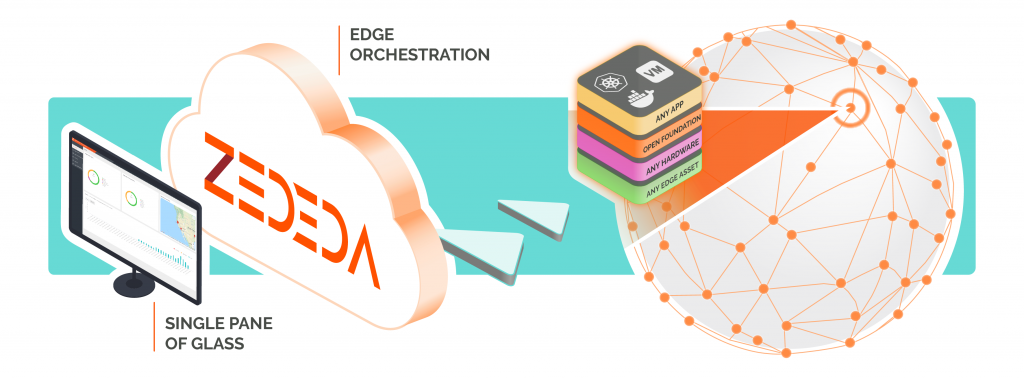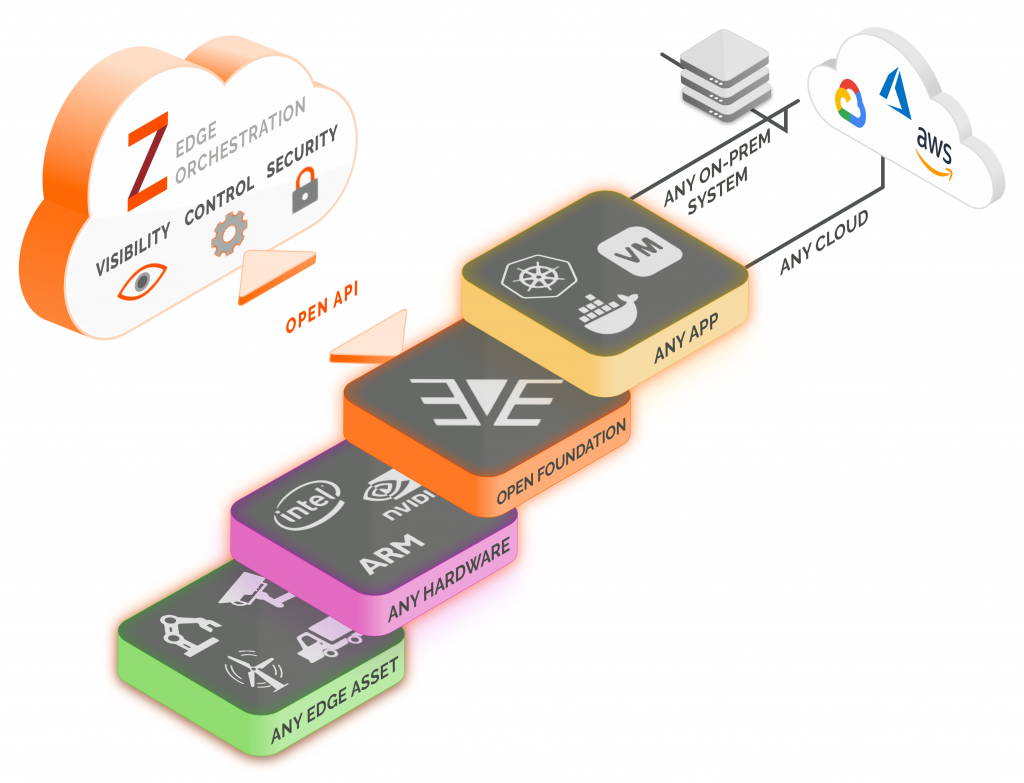I often talk about the “new product mindset” the importance of developing products and services with the cumulative lifetime value they will generate in mind, compared to just the immediate value delivered on launch day.
In the rapidly evolving technology landscape, says Jason Shepherd, VP of ecosystem at ZEDEDA, competitive advantage is based on innovating quickly and continuously improving an offering through software and, increasingly, hardware-defined experiences, not to mention better services.
Related to this is the importance of ecosystems. Whether you build one or join one, it’s more important than ever in this world of digital transformation to be part of an ecosystem to maintain a competitive edge. This includes consideration on two vectors horizontal for a solid and scalable foundation and vertical for domain-specific knowledge that drives targeted outcomes.
Ultimately, it’s about creating a network effect for maximising value, both for customers and your own organisation. This is especially true for IoT solutions that bridge the physical and digital domains, requiring a diverse mix of technology, services and vertical knowledge.
Synchronise IoT ecosystems
As such, Internet of Things (IoT) ecosystems must by default synchronise up and down a complete solution stack from sensors, applications and compute hardware at the edge to on-premises and cloud applications, to the OT and IT (operations and information technology) domain knowledge that brings it all together.

The last part is the kicker, domain knowledge is critical, as is the ability to navigate the complex relationships spanning the operations, IT and business aspects of an organisation. There are a lot of solutions looking for problems out there, and the most successful IoT deployments start with addressing the use case and people aspects, not leading with technology.
If someone tells you they can do all of this themselves, run. Never does a jack-of-all-trades master one.
IoT takes a village, and despite every solution having unique needs based on the use case, there are very common patterns for foundational infrastructure. To successfully scale IoT solutions, we need to move away from “peanut butter” platforms that are spread thin across varying degrees of data ingestion, management, security, analytics, visualisations, and so forth to invest in consistent, open infrastructure that we specialise on top of.
This establishes a common baseline for security and management at scale, to which you apply the right necessarily unique hardware, software, services, and most importantly, domain knowledge. In other words, we need one cake with lots of flavours of icing and sprinkles.
At their best, ecosystems are designed to deliver positive business outcomes: more revenue, more profitability, more traction in targeted industries, more enduring end-customer relationships, and the creation of greater shareholder value. In the purest sense, an ecosystem can revolve around a single provider’s core offer; meanwhile, advanced ecosystems bring together a group of partners targeting common customers with a joint go-to-market strategy. An example of this is an end-to-end supply chain.
Depending on business strategy and the state of the industry being addressed, some organisations’ ecosystems are closed based on proprietary frameworks, equipment, software and APIs (application program interfaces). These “walled gardens” ensure tight control, designed to deliver a consistent experience.
Closed ecosystems
Closed ecosystems are resource-intensive to build but provide a strong control point for the provider of that offer. On the consumer side, they can deliver a great experience but with the trade-off of a cost premium and less choice. Still, this approach has proven to be quite successful, with Apple as a widely cited example of the benefits of curating the entire solution and ecosystem for user experience, quality and security.
Along the spectrum of closed to fully open ecosystems, in the middle there are what I call “closed-open” approaches. This model involves software APIs and tools that you can openly program to as long as you pay access fees or are otherwise advancing the sponsoring company’s base offer. A perfect example of this is Amazon’s “Works with Alexa” program.

After many years of establishing relationships and trust with a broad consumer base, and hard work to attract, certify and promote partners on their marketplace, Amazon now enjoys the massive network effect they strived for by selling more consumer goods and furthering customer relationships while sharing in the economic rewards with device manufacturers and service providers.
Finally, there are truly open ecosystems, driven by open-source collaboration. Open source collaboration is the modern way to drive standards, and a great example of this in the IoT and Edge Computing world is the work of the LF Edge community. These types of communities work together to create a consistent, open and modular infrastructure foundation that creates a network effect for commercial solution providers to provide offers on top.
Putting it in perspective, while Apple provides a great customer experience with their closed approach, the open-source Android OS provides more choice and, as a result, has over 85% of the global mobile OS market share. Simply put, open builds a bigger stage for a better show.
There is always some degree of a closed approach when it comes to final commercial offers, but an open-source foundation without question provides the most flexibility, transparency and scalability over time. Ecosystems driven by open source collaboration enable the entire community to strike a balance between risk and reward.
The era of the ecosystem
The need to strike an equilibrium across business ecosystems is becoming commonplace in our increasingly connected, data-driven world. We are in the era of the ecosystem, and it is more critical than ever to have the right open infrastructure foundation and holistic approach. This will enable increasingly complex interactions and compounding value, both in the technical sense and for economic efficiencies.
Having an open foundation at the edge, close to the source of data generation by IoT devices in the physical world, is especially important. Doing so enables all permutations of edge to cloud models, compared to cloud-first approaches.
It’s an exciting frontier as we augment IoT with technologies like Artificial Intelligence (AI), 5G, AR/VR (augmented or virtual reality) and more. However, this also brings a multitude of challenges, including security, scalability, and sustainability. This is yet another reason why it’s important to build an ecosystem on top of an open foundation – for consistency as we evolve solutions to meet the many diverse needs of the market.
In a future article, I will dive more deeply into the challenges and opportunities for IoT and Edge Computing in general. This includes the open-source frameworks such as those being developed in LF Edge that are ready today to support the next generation of sophisticated connected systems that bridge the physical and digital worlds and drive new outcomes and experiences for all.
The author is Jason Shepherd, VP of Ecosystem at ZEDEDA.
Comment on this article below or via Twitter: @IoTNow_OR @jcIoTnow










